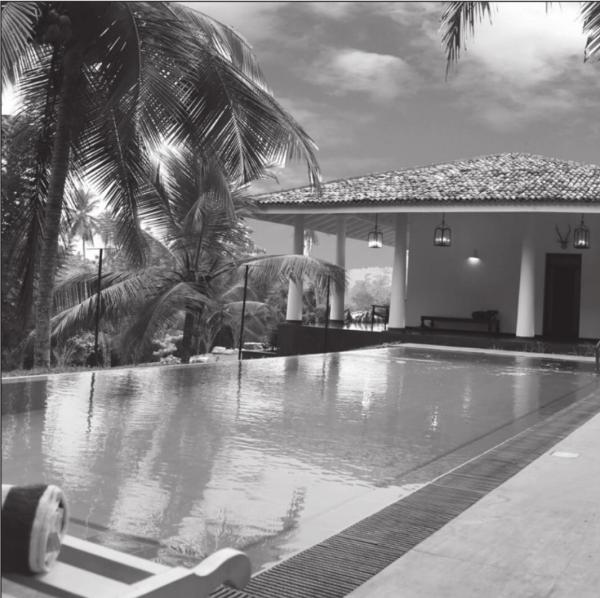The evolution of backyard swimming pools
Natives of Dripping Springs, most likely, grew up swimming in one of the many available natural, fresh-water watering holes, and the rest of us can only imagine the delight of spending the afternoon, diving and swimming in these cool, clear waters.
A trip to Westchester County, New York, a few years back introduced me to resorts, where families “lived in their swim suits” for a week or more, even when they were playing cards or chatting in circles of beach chairs, set out on the grassy grounds around the sprawling lodge.
Certain Long Island neighborhoods featured private beach clubs, where families met to enjoy playing in the sand and swimming in Long Island Sound.
But when did backyard pools appear and how/why did they happen?
History tells us the first swimming pool built in the United States was a public pool built in 1887 in Brookline, Massachusetts. Pools such as this were great places to socialize, and they provided a way to escape the summer heat before the invention of air conditioning.
One of the first residential pools built was on the Vanderbilt estate in Asheville, North Carolina in 1895. Other wealthy families followed suit, with Thomas Edison constructing his pool in 1910.
These early pools were plain rectangles, built by general contractors, road contractors, concrete contractors, and water treatment plant contractors. They were usually dug by hand and made of concrete or concrete blocks.
By the 1930’s, hotels began building pools to draw movie stars. The Biltmore Hotel in Coral Gables, Florida, for example, was one of the first to publicize their star-studded guestbook, including celebrities such as Judy Garland, Ginger Rogers, Bing Crosby and many others.
The pool at the famed Hearst Castle was constructed during this same time, and, thanks to FDR’s Civilian Conservation Corps, cities and towns across the country were building pools for their citizens, wanting respite from the summer heat.
Construction methods used for building swimming pools involved workers installing rebar (wire mesh) on the wall, dumping concrete into the floor of the pool, and then hand-packing the concrete up the walls.
In 1940, the first gunite pool was built, where a concrete mixture is sprayed on using a hose and air pressure so it stuck to the walls without hand-packing. Not only was gunite less expensive, but it was easier to shape beyond the standard straight-sided shape.
After World War II ended, millions came home trained to swim and some were able, thanks to the GI bill, to own homes. Their wives had worked during the war and some continued to work after, boosting the family income even higher. The combination of these events was perfect for companies such as Anthony Pools, Sylvan Pools, and California Pools to begin and the kidneyshaped pool emerged.
In the 1950’s, after the Korean War, the pool construction boom really took off, as more and more pool companies were using gunite over poured concrete or hand-stacked concrete.
Pool financing made it possible for the upper-middle class to be pool owners.
In the late 1950’s, Esther Williams brand pools began operation, which was the first vinyl-lined swimming pool manufacturer. It was also during this time that the one-piece fiberglass pool debuted.
Motels continued to put pools in people’s minds, and the application process of gunite continued to improve in the 1960s.
This era is credited with PVC plumbing, pool skimmers, manufactured pool main drains, underwater lights, kool deck, and vinylliner pools. But the biggest advancement was the shapes of pools, which were becoming more freeform and landscaped.
In the 1980’s, residential lot sizes were decreasing, therefore pool builders had less area to deal with elevation issues, as raised spas and raised beams on pools continued to increase in popularity.
The lagoon type with the vanishing edge was preferred by homeowners, with pool/ spa computer control systems for maintaining proper chemistry. They increased in popularity and while the looks and construction of backyard pools have changed over time, the reason hasn’t -- folks still rely on pools as places to socialize and escape the summer heat.


